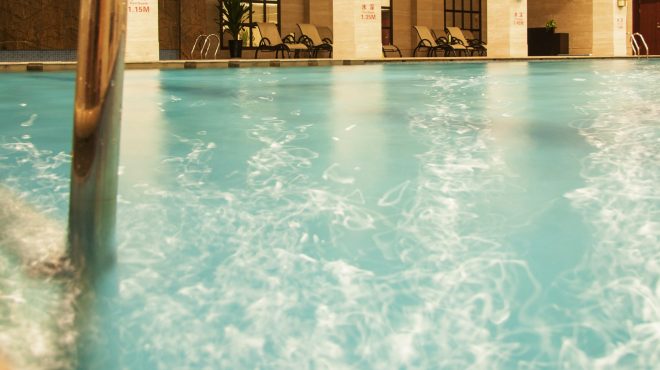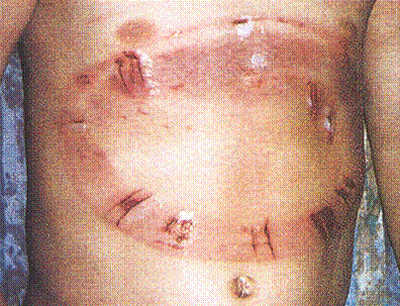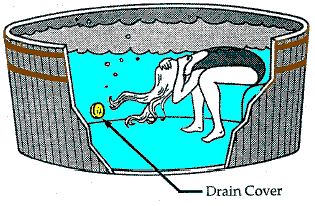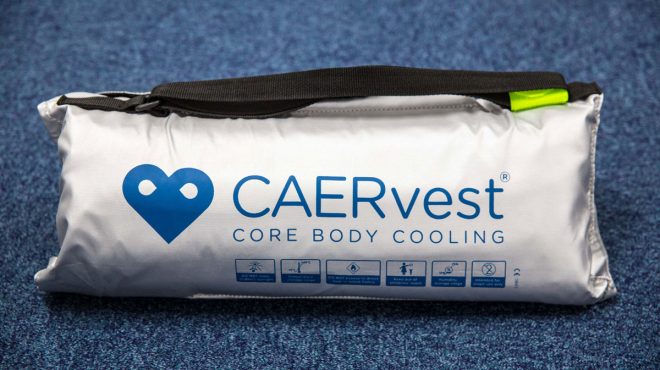Dangers of a Pool Circulation System: Suction Entrapment and Hair Entanglement

As we’ve sadly seen in the news this week with a six-year-old British girl almost drowning when her hair was sucked into a swimming pool filter at a hotel in Lanzarote, mismanagement of a pool’s circulation system has serious repercussions on users if not properly risk assessed.
In response, Robbie Phillips, STA’s lead pool plant expert, raises the issue again to warn operators about the dangers, and so to avoid a repeat of incidents like this.
Commercial swimming pools, hydrotherapy pools, wading/paddling pools, interactive water features, whirl pools, and spas all have one thing in common – a circulation system. This means that water must leave the pool and then re-enter at another point following filtering and disinfection. This in turn means water being pulled under suction from the pool. The design and on-going management of these systems is imperative to ensure the safety of users.
The two main dangers are as follows.
Suction Entrapment
Bottom drains in swimming pools should be at least 2 metres apart and also have all openings 8mm in width or diameter (larger slots/holes make it easier for finger entrapment). There should be sufficient open water area. If one drain becomes blocked then the other can still divert a proportion of flow to prevent a vacuum being formed. Ideally these bottom drains should have raised large centres or other purpose designed grilles to prevent a bather sealing the entire drain with their body. Circulation pumps can also have a pressure sensor enabling it to shut off before a vacuum is formed.

The bottom drain suction risk can be seriously increased if water levels drop below skimmer/scum trough overflow system as both are considered suction lines – this is with a single bottom drain. A single suction line is a high risk system. If this occurs, and the surface draw off line is isolated to prevent air getting into the system, for example, then all suction water from the pool will be through the single bottom drain, increasing its suction and velocity. No pool should ever be run on bottom drain alone due to the danger of suction entrapment and/or possible hair entanglement on the bottom or side of the pool/spa tank. Flow meter testing to enable you to comprehensively risk assess this danger in your pool can be accomplished using specific technical equipment. There are also simple methods to see if a vacuum forms on any suction outlet line.
Examples of Potential Sources of Suction Entrapment
- Incorrect operation
- Incorrect fittings
- Poor design of drain outlets and covers
- Insufficient number of drains
- Creation of one line suction to main or ancillary circulation pumps
- All fittings made secure so they cannot be removed
- All one line suctions eliminated or valves locked to prevent the creation of one line suctions
- Velocities from outlets not adhering to recommended rates
- Broken grids (a potentially lethal problem)
Hair Entanglement

In spas mainly, and also pools, the danger of hair entanglement is very real. When bathers swim too close to bottom drains or suction outlets of incorrect design, or place their heads underwater in a spa too close to water outlets where a vortex is formed, their hair may become entangled in the grilles/outlets. In a spa this danger is increased by the narrow suction pipe work often increasing velocity and also the design of the outlets which often moves in a circular motion (vortex) aiding entanglement.
If a bather becomes trapped, often the only way to free them is to cut the hair, it is surprising to note is that scissors do not work efficiently underwater, and often a knife is the only implement that will suffice. It has also been noted that any fitting with these design defects at a specific outlet fitting will potentially cause this entanglement – e.g. main circulating and/or booster pumps.
It is therefore imperative that all involved in the design, manufacture and construction should work to produce a safe facility. It is essential that knowledgeable pool contractors and consultants are employed. The operator should also be fully trained and aware of the potential dangers, and continuously risk assesses the operation of critical valves, line velocities and fittings etc.
For more advice on the dangers of pool circulation systems, please contact us.
- Categories
- Pool Plant
- Tags
- hair entanglement, pool circulation systems, pool plant, Robbie Phillips, suction entrapment



